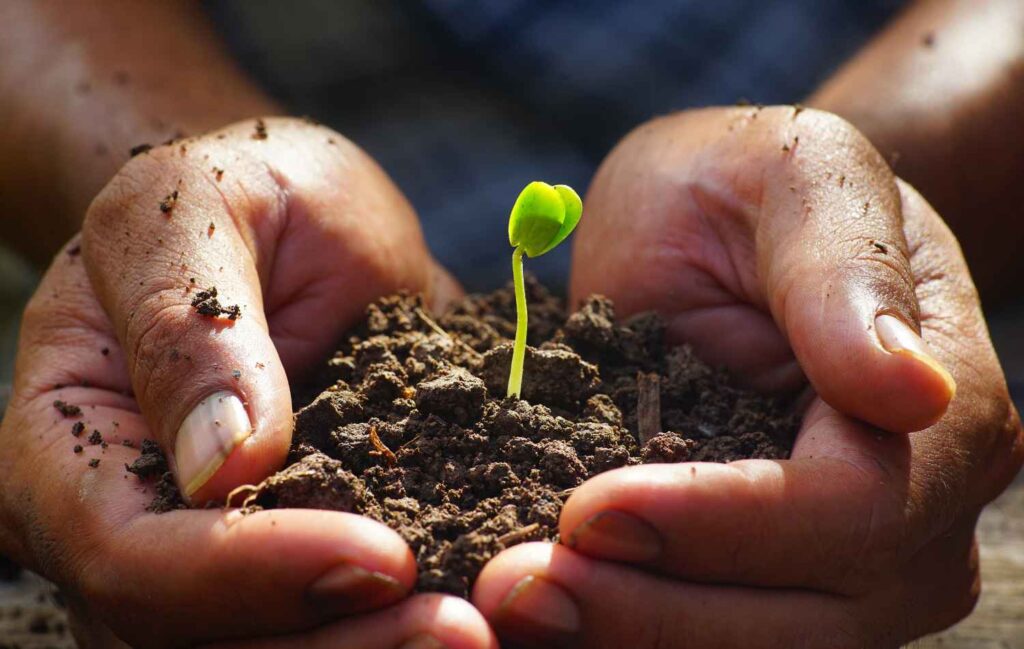
Climate change currently represents the greatest challenge facing global agriculture. Rising temperatures, changes in rainfall patterns, prolonged drought periods, and extreme weather events threaten global food security. According to scientific projections, by 2050 the global population will reach 9.7 billion people, while agricultural productivity is expected to decline due to climate change impacts.
In this context, developing crop varieties resistant to drought and climate change becomes an existential need. This requires deep understanding of physiological mechanisms that enable plants to cope with environmental stresses, and this is where Plant Phenotyping comes into the picture.
How Does Plant Phenotyping Help Identify Drought Resistance?
Plant Phenotyping enables identification and precise measurement of physiological traits related to drought resistance. One of the most important traits is Water Use Efficiency (WUE), which describes the plant's ability to produce maximum biomass with minimum water.
Advanced Plant Phenotyping systems measure transpiration rate, stomatal conductance, and leaf water potential in real-time. This data enables researchers to identify genotypes that exhibit higher water use efficiency, indicating better resistance to drought conditions.
What Physiological Mechanisms Are Measured?
Key physiological traits related to drought resistance include control over stomatal opening and closing, development of extensive and deep root systems, ability to accumulate osmolytes, and maintenance of cellular turgor. Modern Plant Phenotyping systems can measure all these parameters dynamically and continuously.
For example, drought-resistant plants develop mechanisms for rapid stomatal closure when water shortage begins, reducing water loss while still allowing photosynthesis. Advanced measurement systems can identify these traits and quantify their efficiency.
How Are Resistance to Extreme Temperatures Identified?
Climate change includes not only drought but also temperature rises and extreme heat waves. Plant Phenotyping enables testing of plant responses to high temperatures by measuring parameters such as cellular membrane stability, photosynthetic enzyme activity, and heat shock protein production.
Plants exhibiting high stability in photosynthetic activity even at high temperatures, or the ability to rapidly recover activity after heat stress, indicate better resistance to expected climate changes.
What is the Role of Advanced Technologies?
Modern Plant Phenotyping technologies use advanced sensors, multi-spectral imaging, automatic image analysis, and artificial intelligence for data analysis. This enables automatic measurement of hundreds or thousands of plants simultaneously, under controlled and precise stress conditions.
The systems enable creation of physiological "stress maps" showing how different genotypes respond to different levels of water or heat stress. This allows precise selection of the most promising genotypes for further research and commercial development.
How Are Breeding Processes Accelerated?
One of the greatest advantages of Plant Phenotyping in developing resistant varieties is acceleration of breeding processes. Instead of waiting several growing seasons to see field performance, researchers can identify resistance traits within weeks in laboratory or controlled greenhouse conditions.
This enables shorter breeding cycles and more efficient selection of parent plants for the next breeding cycle. The result is faster development of new varieties resistant to climate change.
Plant-Ditech enhances the capabilities of scientists, growers, and agricultural researchers to ensure agricultural growth by providing phenotyping systems and software. This enables rapid and automatic processing and analysis of enormous amounts of phenotypic data, providing deep insights into plant-environment interactions while shortening research and development time and time to market.
Which Crops Are in Focus?
Plant Phenotyping research for developing climate change resistance focuses on staple food crops such as wheat, corn, rice, and soybeans. These crops feed most of the world's population and are also the most vulnerable to climate change.
For example, in wheat research, varieties are identified that can maintain high yields even under water shortage or high temperature conditions. In rice, varieties are sought that can grow under flooding or saltwater conditions, due to sea level rise and agricultural field intrusion.
What Are the Practical Applications in the Field?
After identifying resistant varieties in the laboratory, they undergo field testing under real conditions. Plant Phenotyping continues to play an important role at this stage, by monitoring the performance of new varieties under field conditions and comparing them to existing commercial varieties.
The information collected helps develop cultivation strategies adapted to new varieties, including recommendations for irrigation, fertilization, and planting timing adapted to each variety's unique characteristics.
How Does This Contribute to Global Food Security?
Developing crop varieties resistant to climate change through Plant Phenotyping directly contributes to global food security. More resistant varieties enable farmers to maintain high productivity even under harsher environmental conditions, ensuring stable food supply for the growing population.
Additionally, resistant varieties reduce the need for agricultural inputs such as irrigation, fertilizers, and pesticides, leading to more sustainable and environmentally friendly agriculture.
What is the Future of the Field?
Plant-Ditech sets new standards in plant research. We invite you to join our community and discover a world of knowledge, technology, and inspiration. The future of developing climate change-resistant varieties looks promising, with integration of advanced Plant Phenotyping technologies, artificial intelligence, and precise genetic editing.
